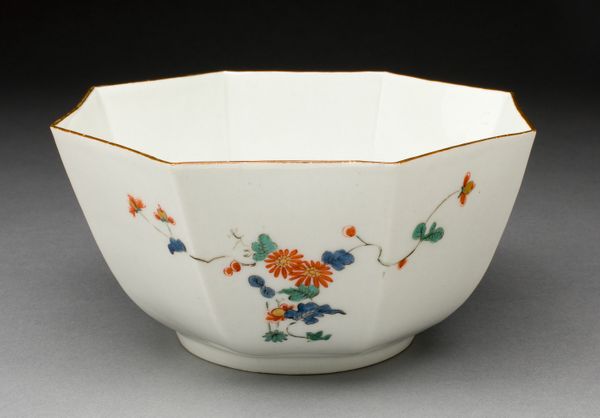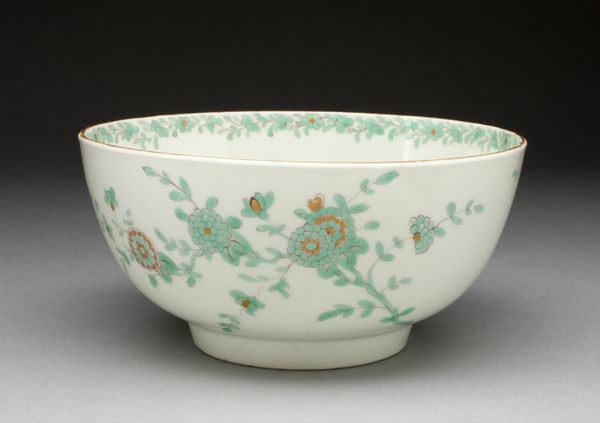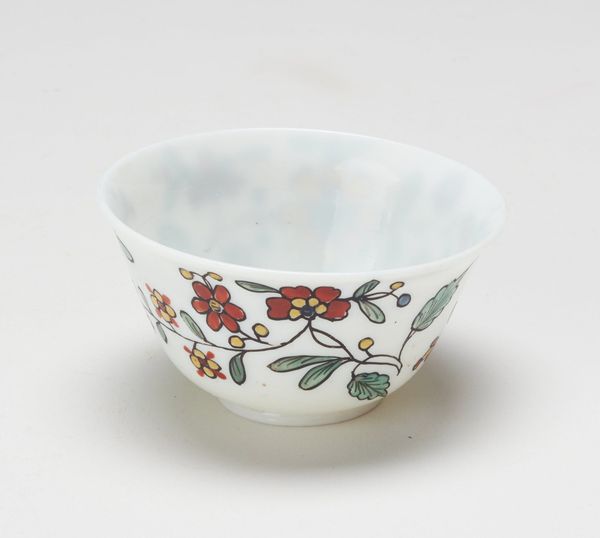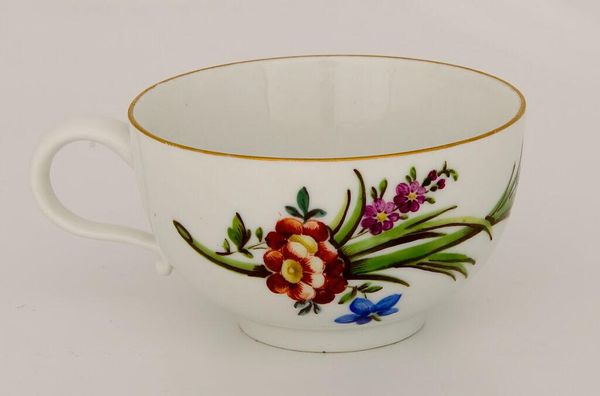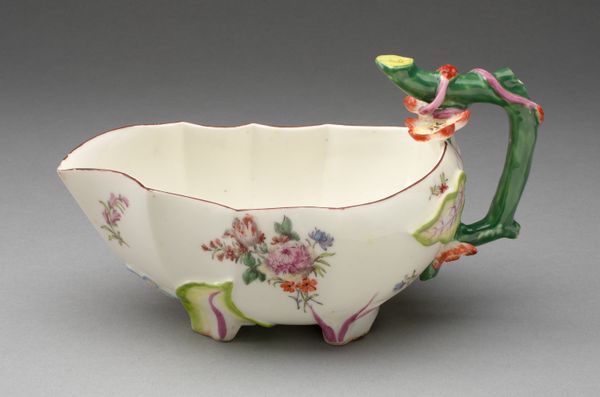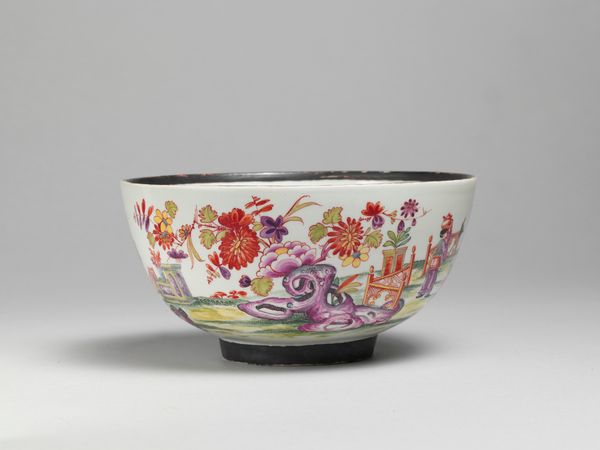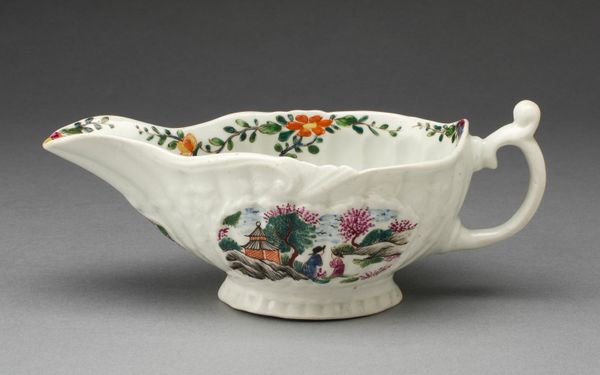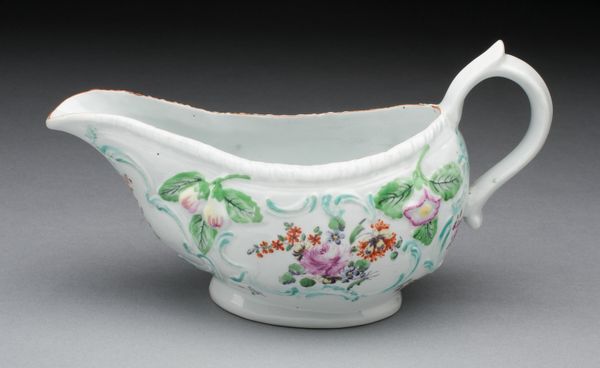
tempera, painting, ceramic, ink
#
tempera
#
painting
#
asian-art
#
ceramic
#
ink
#
decorative-art
Dimensions: 8.8 × 12.2 cm (3 1/2 × 4 7/8 in.)
Copyright: Public Domain
This is a Satsuma ware teabowl, made by an unknown artist in Japan. This delicate piece invites us to contemplate the intersection of aesthetics, culture, and identity. Satsuma ware emerged during a period of profound social change in Japan. After centuries of feudalism, the Meiji Restoration in 1868 led to rapid modernization and engagement with the West. As Japan opened its doors to international trade, Satsuma ware became a prominent export, celebrated for its intricate designs and refined craftsmanship. Consider the context of cultural exchange: Satsuma ware teabowls like this one circulated globally, embodying both Japanese artistic traditions and Western tastes. These pieces occupy a space of cultural hybridity, reflecting how identities and traditions are negotiated amidst encounters between different societies. What alternative narratives do you think the teabowl might be conveying? The teabowl is more than just a vessel; it's a tangible reminder of how cultural exchange shapes our understanding of identity and tradition.
Comments
No comments
Be the first to comment and join the conversation on the ultimate creative platform.
